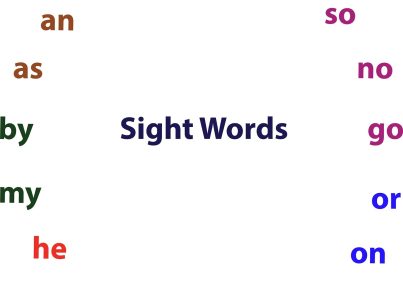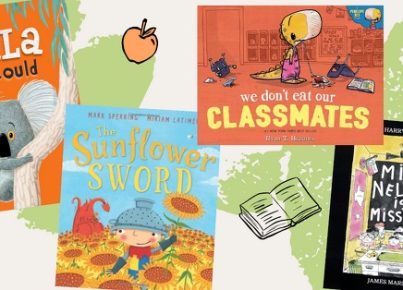Decodable texts are an essential resource for teachers, parents, and learners on the journey to literacy. They are purposely designed to help emerging readers practice their decoding skills and develop confidence in their ability to read. But what separates a good decodable text from the rest? Here are several key elements that make a decodable text effective and engaging.
1. Gradual progression of difficulty: A good decodable text should be structured in a way that allows for gradual progression in difficulty. This means each new word introduced should build upon previously learned phonics skills, allowing readers to master one concept before moving on to the next. The experience of successfully decoding words boosts motivation and reinforces learning.
2. Repetition and reinforcement: Effective decodable texts ensure that new phonics concepts and vocabulary words are repeated throughout the story or passage. This repetition provides ample opportunities for readers to practice and reinforce their newly acquired skills, leading them closer to automaticity.
3. Engaging content: While focusing on decoding skills is crucial, keeping young readers interested and motivated is just as important. Therefore, a good decodable text should also strive to deliver meaningful, entertaining content with relatable characters and situations, eliciting curiosity and interest in learning.
4. Matching text to reader’s skill level: Decodable texts should match the reading level of the intended audience. For instance, if a text is meant for kindergarten students, it should focus on single-letter sounds and simple CVC (consonant-vowel-consonant) words. More advanced texts may feature digraphs, blends, or more complex sight words appropriate for older or more experienced readers.
5. Visual aids: High-quality illustrations not only make stories more enjoyable but also provide valuable clues about context and meaning that can support decoding efforts. Visual aids encourage active reading strategies such as using picture cues to decode unfamiliar words.
6. Limited use of sight words: As decodable texts primarily focus on phonetic cues, the ideal texts minimize the use of sight words, as these are typically not phonetically regular. However, some essential high-frequency sight words may be incorporated to maintain context and readability.
7. Effective layout and design: A well-designed decodable text should present clear, uncluttered pages that facilitate reading. This includes an appropriate size and style of font, sufficient spacing between words and lines, and minimal distractions such as overly intricate illustrations or busy backgrounds.
8. Teacher and parent support materials: To optimize the benefits of decodable texts, accompanying resources designed to help educators or parents support their learners can make a difference. Materials may include lesson plans, discussion questions, or additional practice activities that reinforce the concepts taught within the text.
By considering these elements when selecting or creating decodable texts, teachers and parents can ensure that the materials effectively meet the needs of emerging readers. By emphasizing gradual progression, repetition, engagement, visual aids, and thoughtful design, you can provide learners with powerful tools for developing their decoding skills and building a foundation for lifelong reading success.





